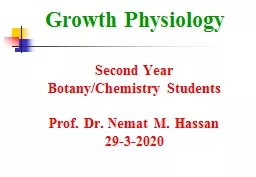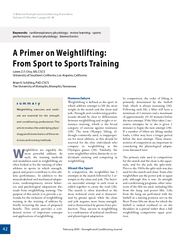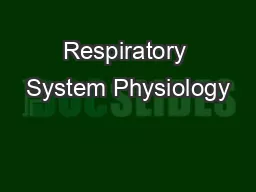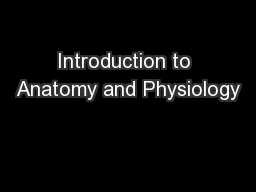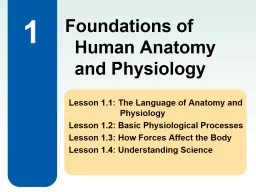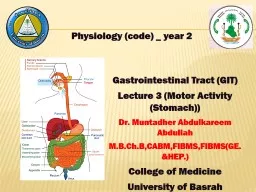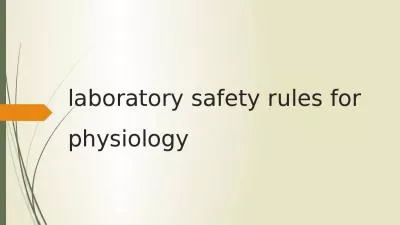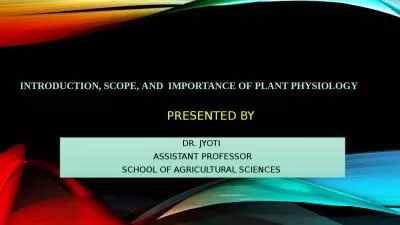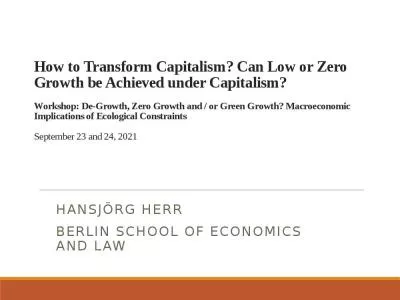PPT-Growth Physiology Second Year
Author : anastasia | Published Date : 2022-06-15
BotanyChemistry Students Prof Dr Nemat M Hassan 2932020 Plant hormones phytohormones and plant growth regulators are all terms They have been applied to the organic
Presentation Embed Code
Download Presentation
Download Presentation The PPT/PDF document "Growth Physiology Second Year" is the property of its rightful owner. Permission is granted to download and print the materials on this website for personal, non-commercial use only, and to display it on your personal computer provided you do not modify the materials and that you retain all copyright notices contained in the materials. By downloading content from our website, you accept the terms of this agreement.
Growth Physiology Second Year: Transcript
Download Rules Of Document
"Growth Physiology Second Year"The content belongs to its owner. You may download and print it for personal use, without modification, and keep all copyright notices. By downloading, you agree to these terms.
Related Documents

